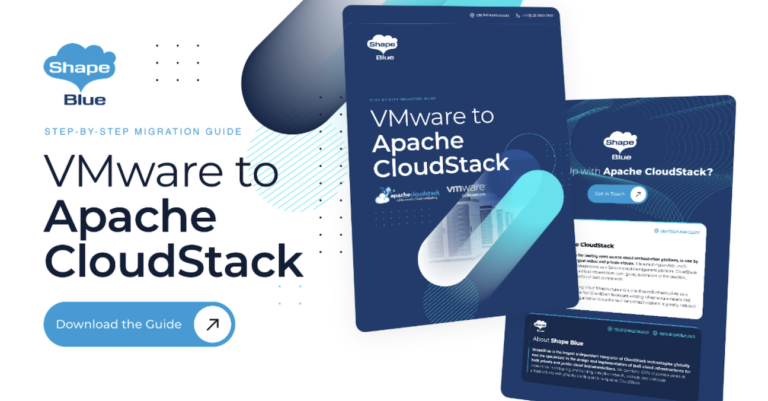ShapeBlue Advisory on Libvirt 8+ Compatibility Issues with CloudStack
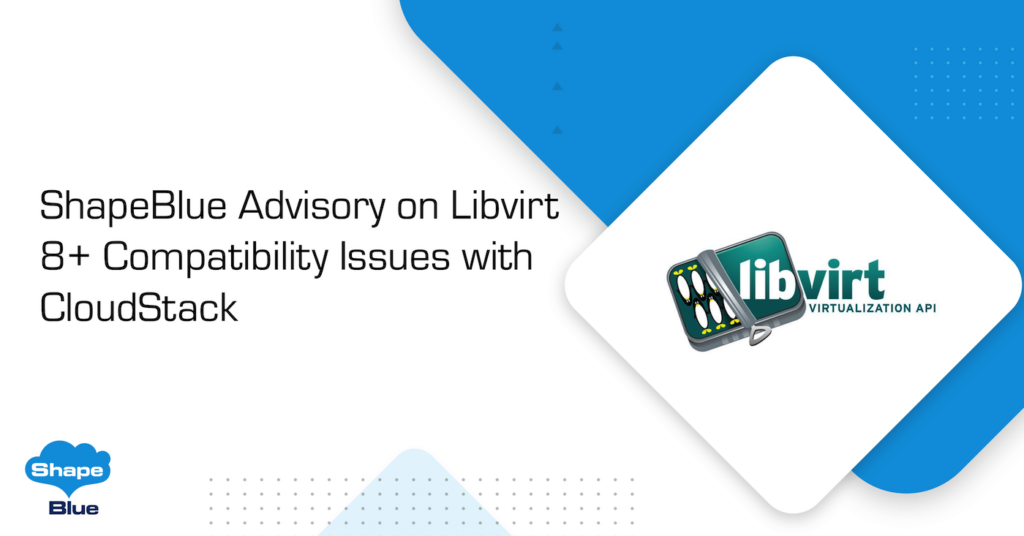
Overview As of the 4.15 release, CloudStack has supported various EL8 operating systems / hypervisors, namely RHEL 8, CentOS 8, Rocky Linux 8 (and in theory – as of CloudStack 4.16 – all other EL8 variants including e.g. Alma Linux 8) – for both management servers and hypervisors. Similarly, support for Ubuntu 20.04 was added […]
What’s New in Apache CloudStack 4.17
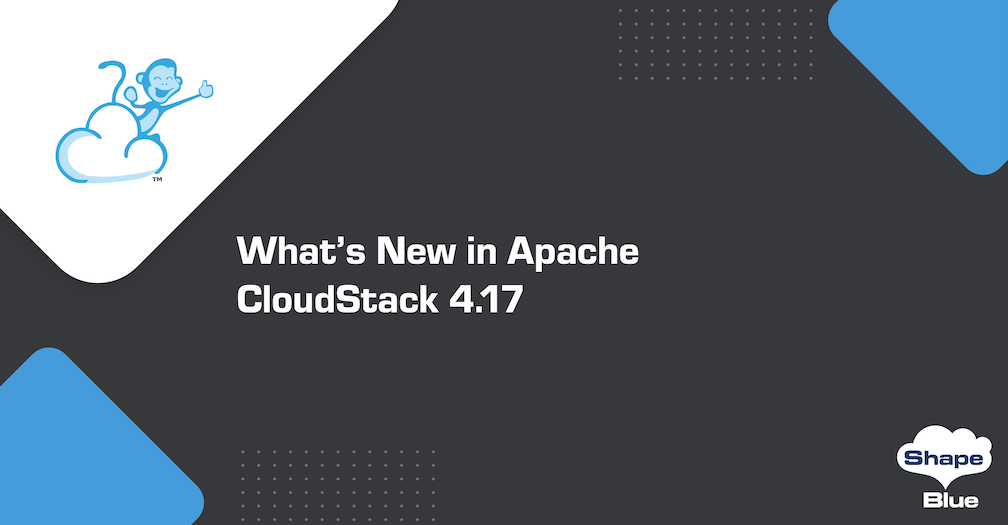
* The content in this blog is a reproduction from the Apache CloudStack 4.17 release blog, which can be viewed via this link. Apache CloudStack 4.17 is the latest release of the cloud management platform from the Apache Software Foundation and is a result of months of work from the development community. Apache CloudStack 4.17 […]
New Server Status and Metric Views l CloudStack Feature First Look

Overview In CloudStack 4.17 a brief overview of the status of various services can be retrieved. This includes information on the Management Server(s), the Database and the Usage server. This is a quick overview for operators. It does not replace a full-fletched monitoring system. Use Case It is now possible, within the Apache CloudStack, to […]
Support for VMs Having Multiple SSH Key l CloudStack Feature First Look

As SSH is the most widely used way to access remote machines, CloudStack provides users with the ability to specify an SSH Key to be added to the list of authorized keys of a virtual machine either during or post-deployment. Users can either generate these SSH Keys via the CloudStack UI or register existing public […]
CloudStack Integrations: LINBIT – Open-source SDS Solution
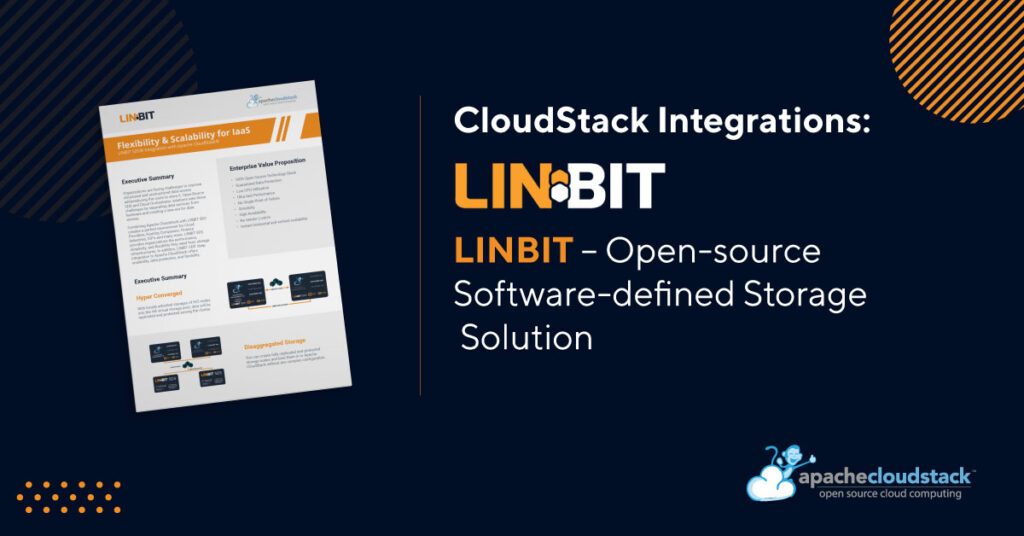
Apache CloudStack is the leading open-source cloud orchestration platform used by many of the world’s largest public and private clouds. It is a multi-hypervisor, multi-tenant, high-availability Infrastructure as a Service cloud management platform. CloudStack is a virtualization platform that provides a cloud orchestration layer, giving automation of the creation, provisioning and configuration of IaaS components […]
Automating Infrastructure with CloudStack and Terraform
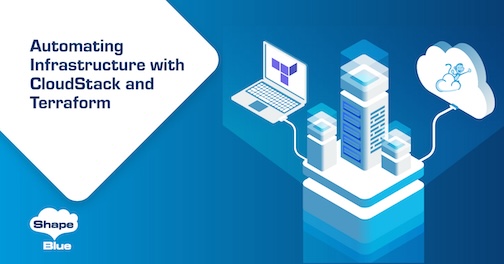
Apache CloudStack is one of the most commonly used IaaS platforms, orchestrating infrastructure and maximizing the benefits of cloud computing. Many large enterprises already use CloudStack with different use cases, and with ever-growing adoption, there is a need to automate these complex infrastructures and the provision of cloud deployments to: · Minimise time spent on […]
CloudStack vs. OpenStack Comparison – What you need to know before choosing a cloud management system
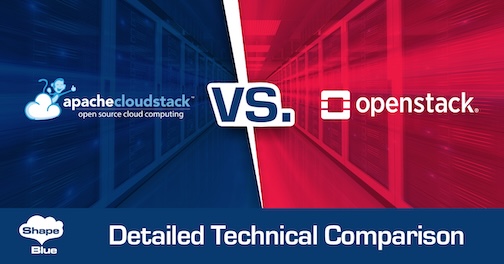
Infrastructure as a Service (IaaS) is recognized as facilitating speed-to-market and for its ability to drive business agility. When a company demands specific answers to a business problem, the answers lie in a jumble of calculations, including investments and platform operation and maintenance. Apache Cloudstack and OpenStack are two widely-known Cloud Management Platforms that can […]
Apache CloudStack 4.16.1.0 Release – Deep Dive
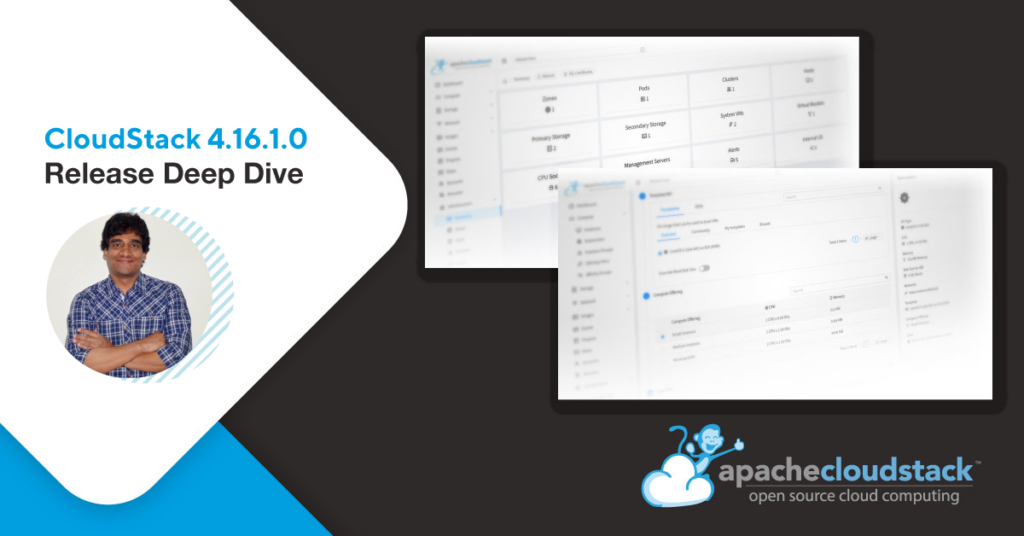
Apache CloudStack 4.16.1.0 is the latest maintenance release as part of the LTS 4.16.x releases. It contains more than 150 fixes and improvements since the 4.16.0.0 release. In this article, Suresh Kumar Anaparti, release manager of 4.16.1.0 is reviewing some of the most notable fixes and improvements in the release. Continue reading to learn more […]
Improvements to VM and Volume Migration | CloudStack Feature First Look
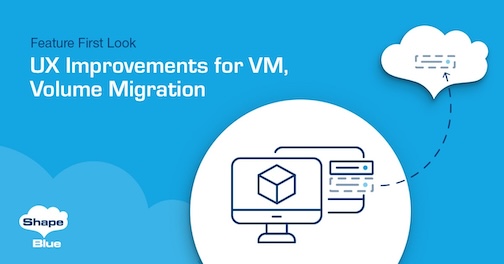
Migration of resources such as virtual machines and volumes is essential functionality for cloud operators, enabling them to load balance or perform maintenance operations on underlying compute, storage or network resources without major downtime. CloudStack provides impressive functionality to migrate VMs and volumes, with different APIs for different use-cases: migrateVirtualMachine migrateVirtualMachineWithVolume migrateSystemVm migrateVolume Learn how […]
Granular Control of Dynamic Scaling of VM’s CPU/RAM
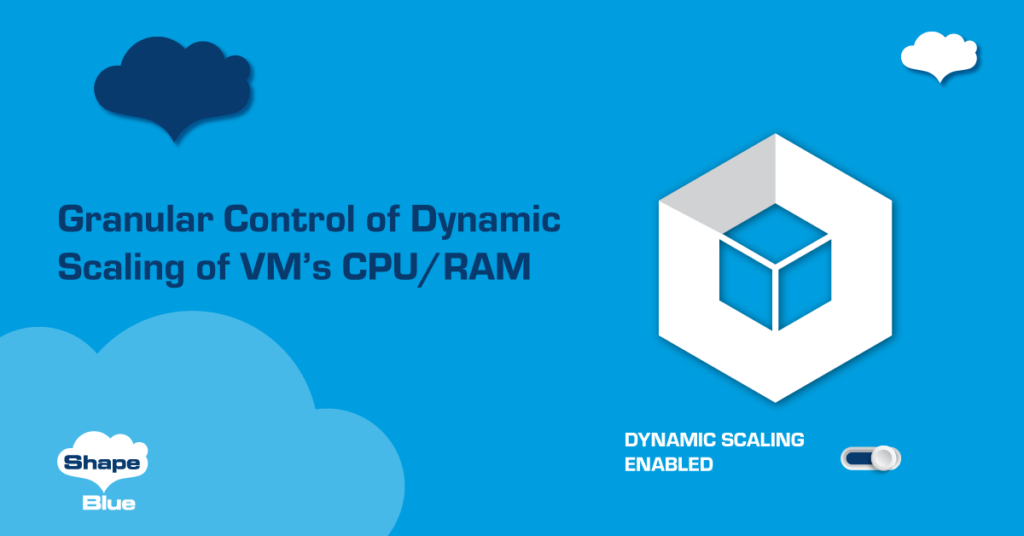
Currently, CloudStack allows admins to configure the dynamic scaling of CPU and RAM for the VMs using a global or zone level setting “enable.dynamic.scale.vm” and through a “Dynamically Scalable” flag in templates. However, the global or zone setting applies to all VMs in a particular region or zone and there may be virtual hardware or […]



